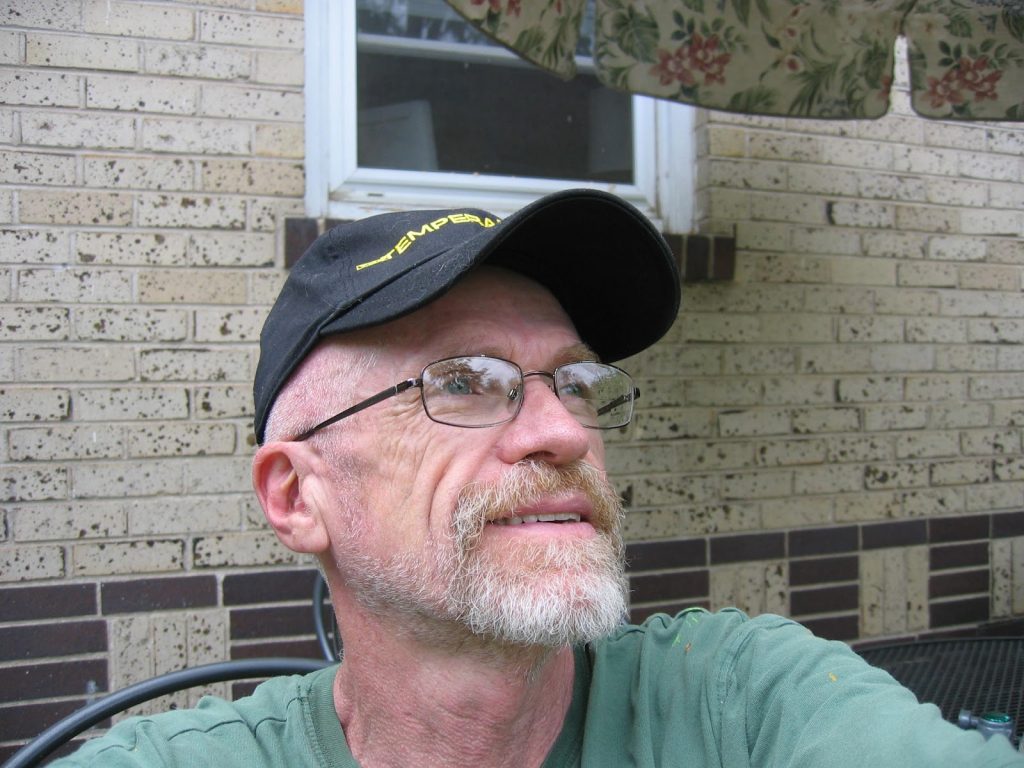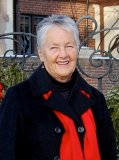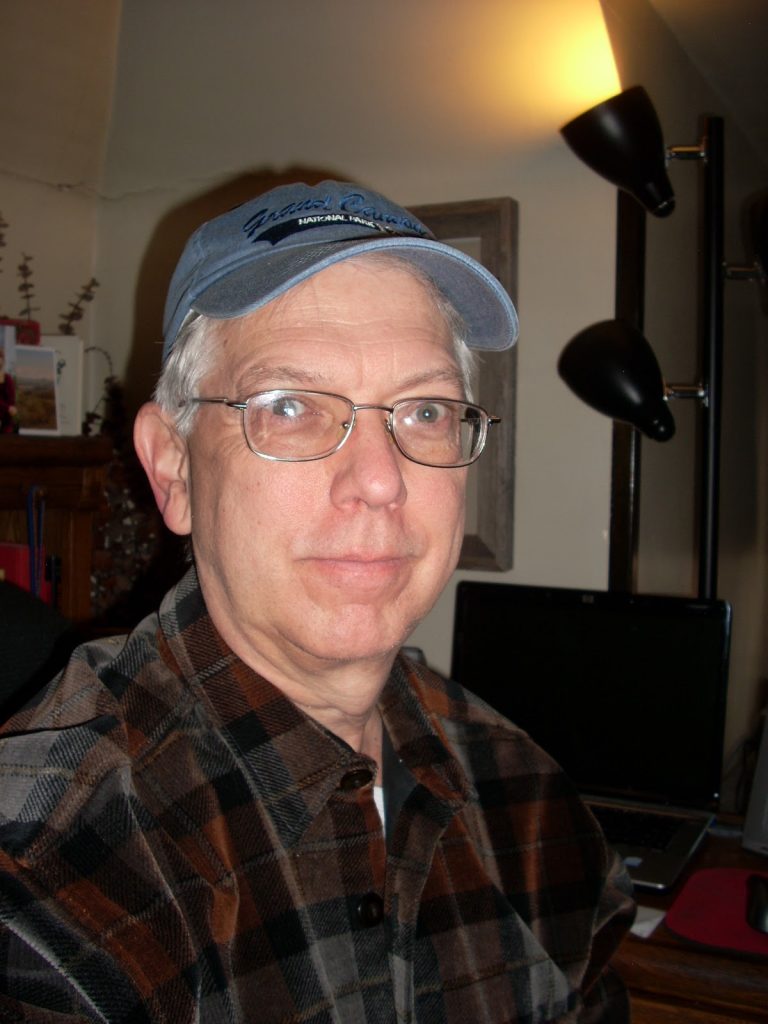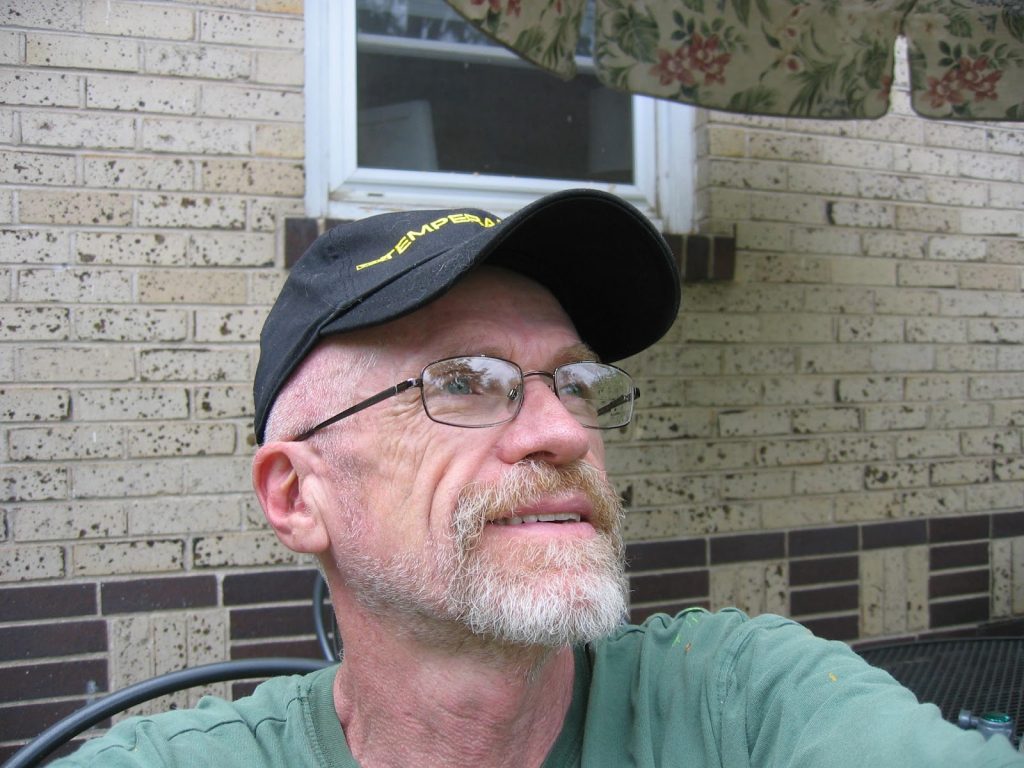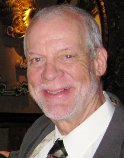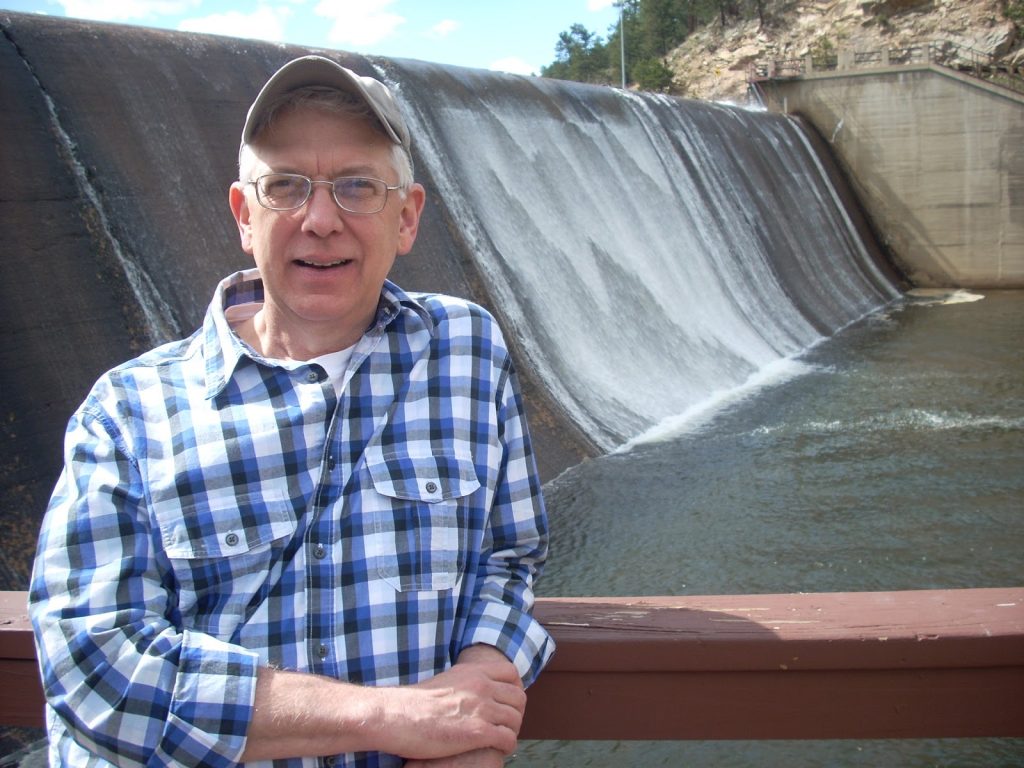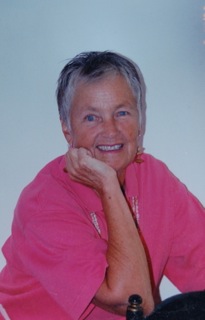So since I have missed the past two sessions and I have had thoughts on the three most recent topics I am going to write a single piece addressing all three: “Believe it or not this really happened to me…”, “Death” and “The Big Bang”.
My human birth is by far and away the most remarkable thing that has ever happened to me. The chance of that occurring was so infinitesimally unlikely and remote as to be more than mind boggling.
I have always liked the way the Buddha addressed this amazing reality. Speaking to a group of monks he said: “…suppose that the great earth were totally covered with water and a man were to toss a yoke with a single hole into the water…and suppose a blind turtle was in that great expanse. It would come up to the surface only once every 100 years. Now what do you suppose the chances would be that a blind turtle coming to the surface every 100 years would stick its nose into the yoke with a single hole?” The monks thought his very unlikely to which the Buddha replied: “ And just so, it is very, very rare that one attains the human state.”
Another little factoid, that is well worth pondering if you are wondering about being here at all or perhaps looking to expose the absolute ridiculousness of the “personhood amendment’ on the ballot again in Colorado this year. The reality is that a significant majority of all conceived embryos are simply flushed out totally unnoticed in normal menstrual flow without anyone being aware. Embryologists estimate that 60% – 80% of all conceived embryos by day seven have already gotten the bums rush out the vagina if you count back to the moment of conception. This occurs naturally and is unrelated to any form of birth control. Remember this “personhood amendment” states that ‘life’ begins at conception, however not very often as it turns out.
It is very amazing and truly hard to believe that the cellular beginnings of my embryonic conception did not wind up in the septic tank buried outside our rural Indiana farmhouse. The fact that I was born alive and healthy on January 12th of 1949 is quite spectacular really and its all been down hill from there. The successful conception nine months prior was the beginning of my death dance called life on earth for Patrick J. Gourley, though if you take a big picture look it more likely began at the moment of the Big Bang, estimated to have occurred about 13.8 billion years ago.
My profession as a nurse, work for several decades in an AIDS clinic, my own HIV infection and the loss of many friends and lovers have all significantly informed my own personal relationship with the inevitability of my own death. Being in the presence of someone dying can be a very potent moment of clarity. For me personally over the years these many moments of clarity have in part pushed me to a firm atheist perspective on it all. This is it baby and since you were extremely lucky to get the chance to live a human life at all do try to make the most of it everyday. Though I now describe myself as an atheist I am open to spirituality and more on this further in this piece.
Trying to ponder what it means to die and not be “me” any more has always been a challenging meditation for me personally. A striking and certainly very plausible explanation for what it may be like to be dead, i.e. not ‘me’ anymore, came my way by some of the work of the great philosopher Ken Wilbur. Wilbur pointed out three states of consciousness waking, dreaming and deep dreamless sleep. He also acknowledges the possibility of other more advanced states where one is able to be “aware” if you will of what’s happening even while engaged in deep dreamless sleep. That would be a level of consciousness I certainly don’t possess and don’t ever expect to. For the vast majority of us deep dreamless sleep is really quite similar to death. No recollection of this state at all and we go there most every night, most of us ‘die’ then at least once every twenty-four hours.
This can also occur for example when under anesthesia for various medical procedures. Most recently this happened for me during a colonoscopy I had last week. Once my IV was in, oxygen on, pulse oximetry on my finger and lying on my side butt to the doctor he introduced himself and we shook hands, a truly odd formality it seemed given the situation. I would think a playful pat on the butt would have been a more appropriate physical greeting than the handshake.
The doc then said I am going to give you some medicine to relax you and his next statement was now I am going to do a rectal exam. My next conscious memory was the nurse saying you did great and everything looked good. This was at least 20 minutes later. So not only did I miss a good rectal exam while high no less I also sort of died. I mean my heart kept beating and I continued to breathe but these were not actions I was aware of on any level I could comprehend. I didn’t “exist” for those twenty minutes and if my heart had stopped that would have been the end. Oh maybe there would have been a tunnel with a bright light at the end but that would just be few synapses sparking and freaking out from a lack of oxygen I suspect and the doorway to heaven. Not a bad way to dance out I might add but not usually how it occurs.
Since I have been lucky enough to “be” it raises the question where did I come from. Looks like it may very well have all started with the Big Band some many billions of years ago. My physical makeup is literally stardust that coalesced into this majestic planet and one thing led to about a billion trillion other things and here I am babbling on.
I was recently gifted Sam Harris’ new book Waking Up: A Guide to Spirituality Without Religion by a dear friend. Harris has been in the news of late around his recent appearance on Bill Maher’s Real Time and for his controversial views on religion and Islam in particular. This book doesn’t really step specifically into those waters but it is a great exploration of the reality of self as illusion and how one can cultivate a genuine spiritual perspective with no need of any organized religion. Reading Harris’ book has pushed me back to the cushion. He sums up the reason to do this quite eloquently in the last two lines of the book: “However numerous your faults, something in you at this moment is pristine – and only you can recognize it. Open your eyes and see.” (Sam Harris/2014.)
I do not however spend every waking moment pondering the illusion of self, my pending death or how the hell I got here but often of an evening I engage in much more mundane activities. After a day of work in a local Urgent Care Clinic having the infinite suffering of humanity thrust in my face repeatedly or absorbing the mind-numbing onslaught of the current mid-term elections, or the latest ISIS beheadings or the current Ebola hysteria and realizing I am still not enlightened I often seek solace and escape by watching, often several times over, reruns of the great hit sit-com The Big Bang Theory!
© October 2014
About the Author
I was born in La Porte, Indiana in 1949, raised on a farm and schooled by Holy Cross nuns. The bulk of my adult life, some 40 plus years, was spent in Denver, Colorado as a nurse, gardener and gay/AIDS activist. I have currently returned to Denver after an extended sabbatical in San Francisco, California.
